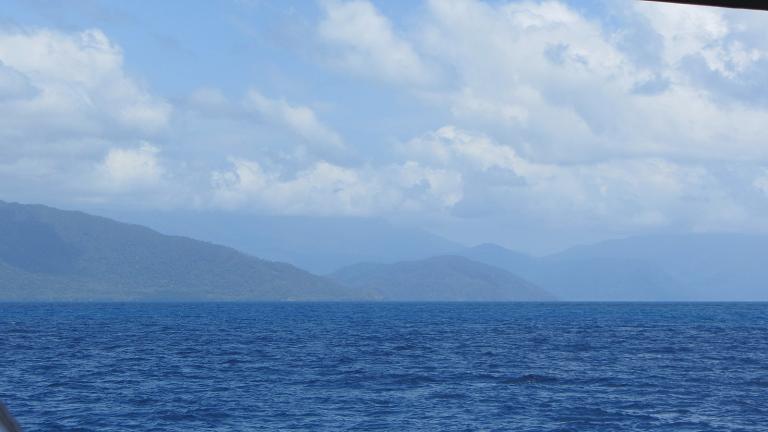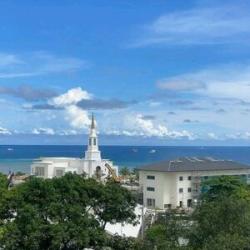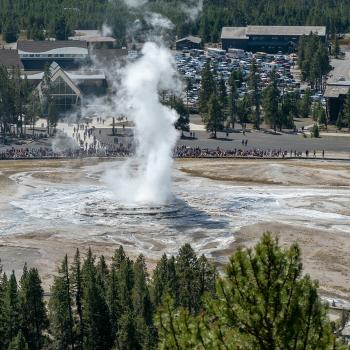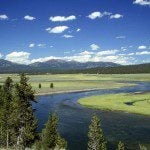
(Wikimedia Commons public domain image)
This is, I believe, my fourth trip to Australia. (Maybe my third. I’ve been trying to recall. In any case, it’s been a while since I was last here.)
It’s an interesting place. In one sense, for somebody from the western United States, it feels very comfortable and at-home. In another sense, it’s wildly different.
I’m making some notes to myself so that I’ll be more aware of what I’m looking at while I’m visiting.
First, some geology:
Australia lies on the Indo-Australia tectonic plate, which is evidently moving toward Eurasia at the rate of approximately six or seven centimeters annually. That’s actually fairly fast, geologically speaking; in fifteen years, Australia will be roughly a meter closer to the Eurasian landmass than it is now. When I’m down in Melbourne, maybe I’ll see whether I can detect a wake.
The Australian mainland has a rather stable geological history. It has no active volcanos, for example, and relatively little seismic activity. Why? Because it’s all on one plate, while volcanos and earthquakes tend to appear at the turbulent intersections of tectonic plates. It’s also relatively low; the tallest mountain in Australia is about 7500 feet high, and the next tallest is only about 5300 feet.
It is, however, strikingly “primordial.” Virtually all known types of rock can be found here, from all geological periods of Earth’s history, extending back 3.8 billion years. Only two pristine Archaean crusts have been identified on our planet, dating to between 2.7 and 3.6 billion years before the present. One is the Kapvaal Craton, in South Africa. The other is the Pilbara Craton, in the state of West Australia.
Australia has been part of all of the major geological-historical supercontinents identified in Earth’s history. It began to form when Gondwana broke up, separating what is now Australia from the African continent and from the Indian subcontinent. Somewhat later, it drew slowly apart from Antarctica — as part of the same movement that still has it crusing toward the Eurasian landmass. And then, at roughly 10,000 BC, when the last glacial period ended, rising water levels separated the Australian mainland from Tasmania by creating the Bass Strait. Even more recently, between 8000 and 6500 BC, lowland areas in the north were flooded by rising sea water, separating what is now New Guinea from what we now call Australia.
Posted from Port Douglas, Queensland, Australia











